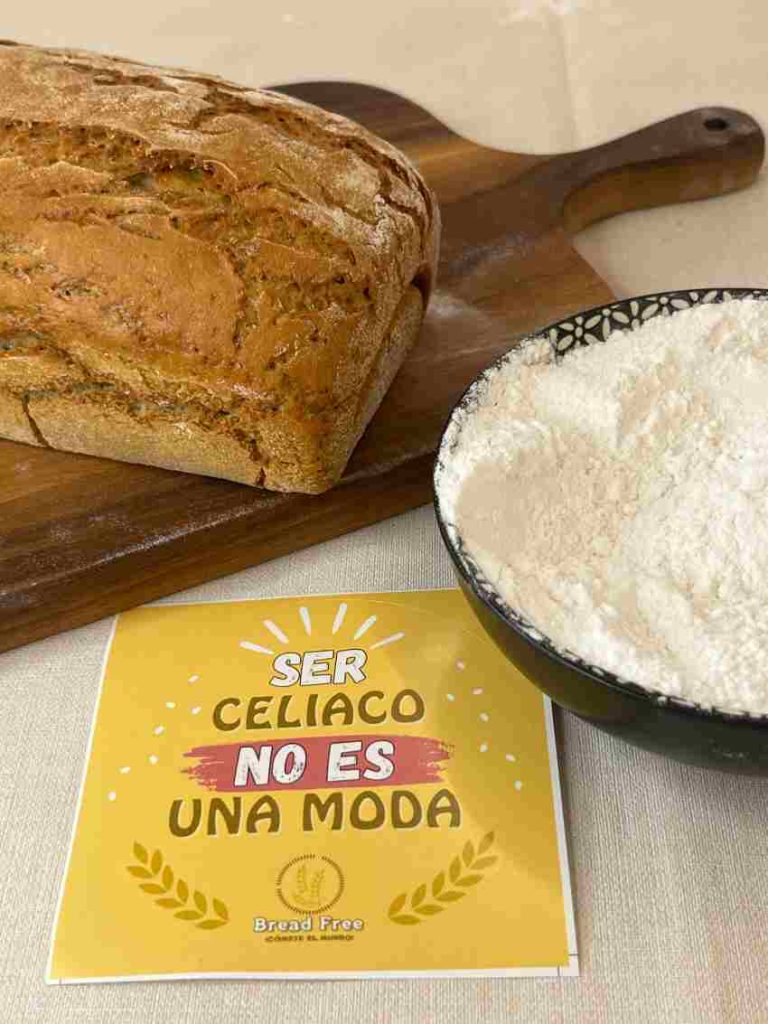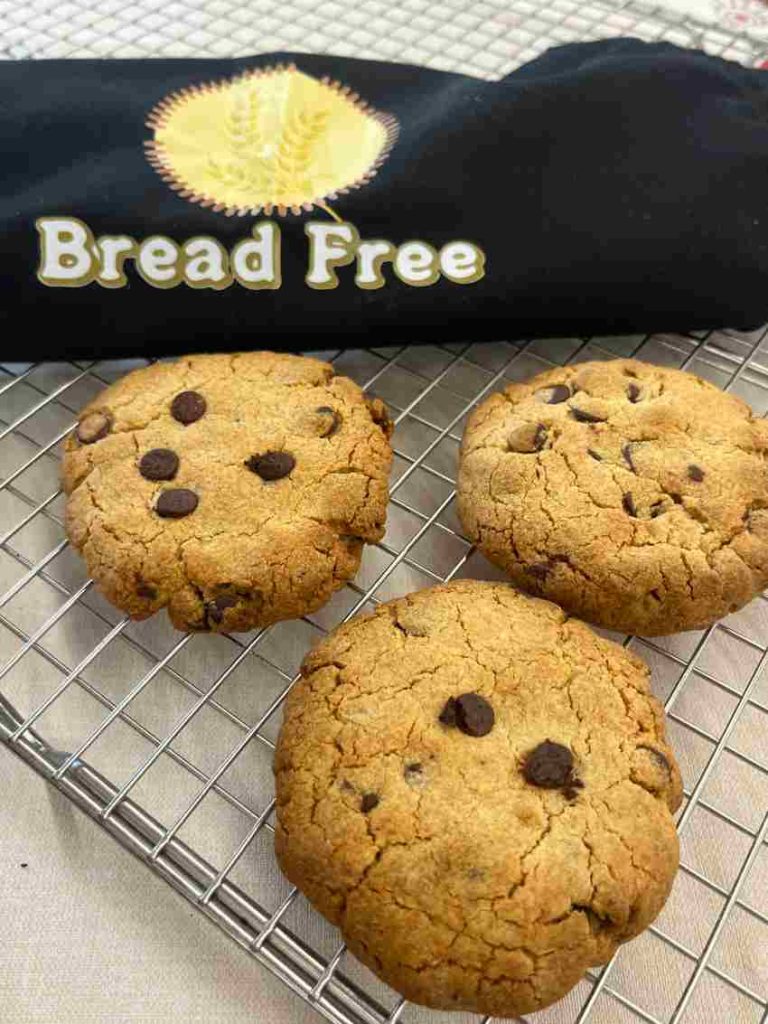Bread Free is the first company in the world able to make gluten-free wheat flour (PURA). The company achieves this thanks to biotechnology, AI and the use of agri-food by-products, while maintaining the taste, texture and nutritional quality of conventional flour. Their technology is also applicable to other gluten-containing cereals, such as barley and rye.
What are the main areas of activity of the company?
We specialize in producing gluten-free flours for industrial-scale applications. Our focus is on collaborating with food manufacturers to develop products using our flours, providing tailored solutions to help create high-quality gluten-free items.
What’s the news about new products/services?
Currently, we are collaborating with clients to develop gluten-free products. We are working with Monbake to create the ‘first gluten-free wheat bread,’ and we are also part of a collaboration initiated by Mondelēz International, alongside their R&D team and other startups, to shape the future of snacking. Additionally, within the By-Wheat project, we are producing a range of gluten-free flours made from wheat, thistle, and artichoke, focusing on healthy products, quality, and food safety.
What are the ranges of products/services?
Our product range includes gluten-free flours for industrial use, including refined, whole wheat, and mixed types. These can be used for a variety of applications, including bread, snacks, pasta, baked goods, meat and fish preparations, and other gluten-free food items. We offer tailored solutions for the creation of high-quality gluten-free products, supporting food manufacturers in product development.

What is the state of the market where you are currently active?
The gluten-free flour market is valued at $6.7 billion, with a projected annual growth rate exceeding 10%. This expansion is driven by the fact that 8% of the global population (approximately 650 million people) currently follows a gluten-free diet.
What can you tell us about market trends?
The evolution of the food industry has allowed the development of several types of specific gluten-free products that, despite being suitable for the celiac community, have a high cost compared to food products for the general population, thus causing an increase in the price of the staple food for celiac people.
This change in the diet imposed by these disorders faces three fundamental barriers that block or limit further consumption of gluten-free products in comparison to those containing standard wheat flour:
- Poor organoleptic experience: According to Chiş MS et al., 2020, most gluten-free alternatives are reported to have poor texture, mouthfeel, and flavour. Gluten-free baked products are often characterized by reduced textural and sensorial properties compared to gluten-containing products. For example, gluten-free biscuits may be harder, have a dry and sandy mouthfeel, and may present an unpleasant appearance, taste, or colour.
- Subpar nutritional value: A study examining the nutritional quality and price of GF products compared to gluten-containing products found that GF products generally contained less protein and fibre. They also had higher levels of saturated fat, carbohydrates, and salt, which can lead to weight gain, blood sugar swings, high blood pressure and other problems.
- Very expensive cost: GF products are usually more expensive, ranging from 46% to 443% more than their gluten-containing equivalents.
Hence, there is a huge necessity that is not being fulfilled by current gluten-free products.
In addition to the diet change, there are no quality options found in the horeca sector. Thus, the social lifestyle of gluten-free diet consumers is affected. Hence, there is a need to find no difference between a conventional and a GF diet.

What are the most innovative products/services marketed?
There are other types of gluten-free flours but none of them are innovative. They are using the same raw materials as always (buckwheat, starches, gums, fibers…). There are new developments in terms of baked goods and there has been an increase in the offer of gluten-free products for the final consumer. However, they all use the same ingredients and this is where our innovation is built.
What estimations do you have for the beginning of 2025?
At Bread Free, we expect to accomplish the establishment in 3-5 local bakeries where we will start to sell our product in accordance with the production scale of our pilot facility. We will be soon available for everyone!


